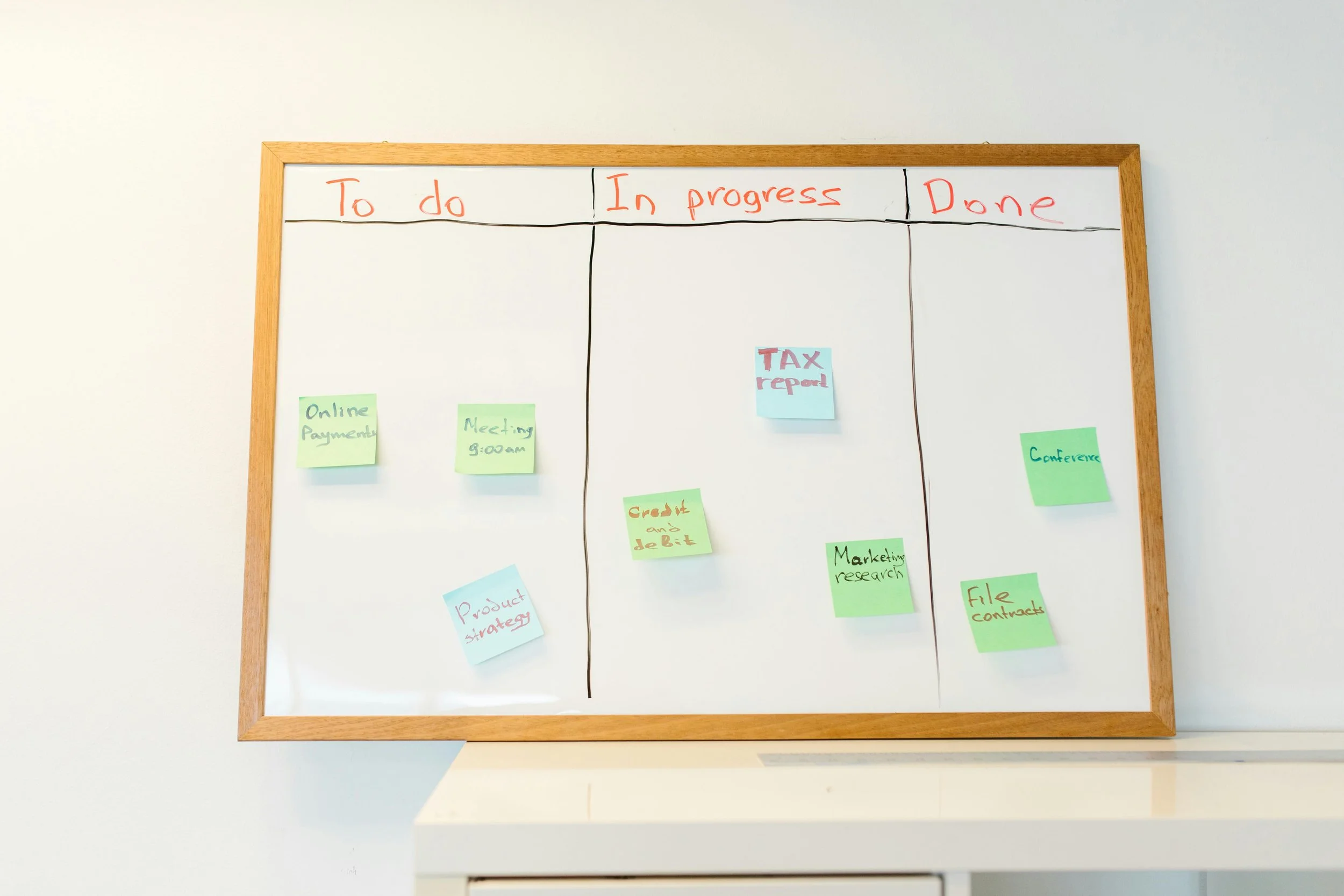From Surviving to Scheduling: Practical Planning After the Storm
If you read my last post, you’ll remember me sharing that I’ve just come through a very trying season, me and my family—emotionally, spiritually, and mentally. And maybe you have too.
Whether it was burnout, loss, major life transition, or simply being stretched too thin, I want you to know something: you’re not alone. In more ways than I could name right now. The aftermath of hardship can feel like being asked to run a marathon after barely surviving a storm. But friend, there is a way forward—and, for me, it started with gentle, practical planning. No extensive, drawn out list of laws. Rather, a short practical method of actions, each of which contributed to the next. This post will be shorter than my usual, and this is totally on purpose! We’ve got enough to sort through in our day, I want this to serve more as a reminder, than another new list to learn. You likely have already heard a variation of what I’m sharing, good, call this divine confirmation.
Either way, let me walk you through how I did it—and how you can, too.
💡 Step 1: Give Yourself Permission to Begin Slowly
After everything you’ve carried, diving back into a “hustle” mindset can actually set you back. This is actually one of the quickest ways to set yourself up for burnout. The first thing I had to do was silence the emotional carry-over from the season we had just come through, and guilt about not moving fast enough out of the testing. I did this by reminding myself: rest is productive. Planning doesn’t require frenzy—it requires clarity.
““Commit your works to the Lord, and your plans will be established.””
🧭 Step 2: Revisit Your Purpose and Priorities
Before I picked up my planner or opened a scheduling app, I sat down and prayed, “Lord, show me what really matters right now.”
After the stressful season we’re coming out of, I had to remember why I do what I do.
I have clients to coach, people who need me, and a mission that still matters. But instead of defaulting back to my old patterns, I asked:
What are the non-negotiables in this season?
What can wait?
What needs to be delegated or released?
““Lord, show me what really matters right now.””
📅 Step 3: Create a Schedule That Honors Your Healing
I used to pack my calendar just to feel productive. Not anymore.
This time, I planned differently:
✅ Built-in breaks
✅ Morning devotionals, or prayer, even a quick walk before calls
✅ Set boundaries around work hours
✅ Protected time for rest and relationships
This new schedule became a form of self-care, not just time management. This time I’m breaking free of toxic productivity.
And guess what? I’m more productive than ever—because I’m not running on fumes.
“This new schedule became a form of self-care, not just time management. This time I’m breaking free of toxic productivity. ”
🛠️ Step 4: Use Tools That Support (Not Stress) You out
If planning overwhelms you, start simple. Here’s a few simple suggestions to use:
A basic weekly planner (paper works great for me)
Color-coded blocks for coaching, admin, rest
Gentle reminders on my phone—no alarms blaring
Small tweaks. Big difference.




